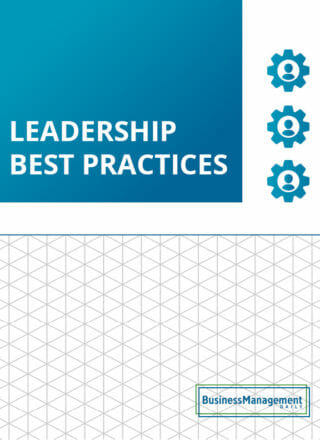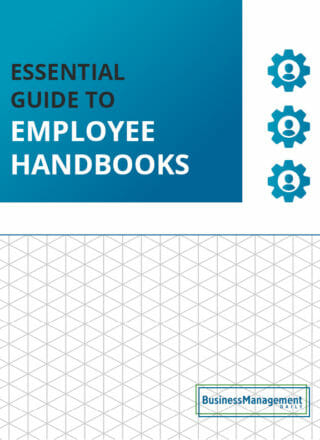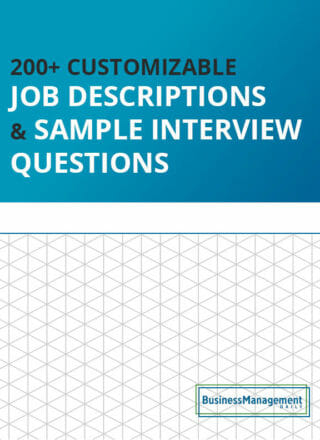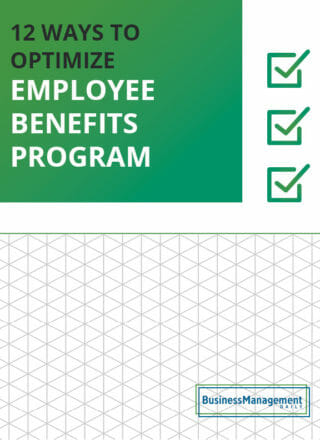Use employee engagement surveys to drive business outcomes
When you send out engagement surveys to your employees, what’s your ultimate goal? Do you want to uncover what’s working? Discover how you can improve? Or is it just another box to check on your long list of to-dos? Hopefully, it’s not the latter because engagement surveys are a highly effective way to gain an understanding of your employee’s insight so you can make decisions moving forward with their wants and needs in mind. Gallup researchers even found that businesses with engaged workers doubled their odds of success.
Here are a few strategies you can implement to use employee engagement surveys to drive outcomes for your business related to changes and organizational culture.
Define the employee engagement survey outcomes
Before you even start writing questions for your survey, you want to determine the ultimate objective of sending it out to your employees. If you start crafting questions without knowing what you’re hoping to gain from them, you might find yourself asking your employees the wrong questions. The quality of your question will help to guide the quality of your response, so think through your objectives thoroughly before you start writing questions.
If you happen to have multiple objectives, you can offer different surveys to your employees. Alternatively, you can break it into different sections, so each objective is addressed separately. Also, anytime you can shorten your survey, you will definitely please your employees.
One thing that decreases the completion rate for employee engagement surveys is having to complete a long and complicated survey. Try to keep it short and stick only to questions that will help you reach your defined objective.
If this means making a few tweaks here and there or completely scrapping what you have, do it. It’s better to have a few powerful questions than a long list of traditional and obligatory queries.
Write quality questions
Your employee engagement survey questions should be specific, geared to achieve the desired objective, and easy to understand.
This is not the time to use fancy, complicated, or overly technical vocabulary. If you can’t be sure that everyone who takes the survey will understand what’s being asked, you need to phrase it a different way. Your goal is to encourage participation, and complicated questions is one of the most common ways to decrease engagement or lead to inaccurate responses due to confusion.
Surveys that start with a more complex or complicated question are less likely to be completed. Studies show that that you’ll lose 6 out of 100 people simply because the opening question seems to be too complicated.
In general, open-ended questions can provide you with detailed high-level responses that can be very beneficial for the company. However, with the various responses, it can be more challenging to categorize them. You want to keep this in mind and decide whether your objective will be best met with open-ended questions or more straightforward options such as yes/no or multiple choice. Whichever you choose, be sure to have a process in place to analyze your data.
Another point to consider is the delivery of your questions. You want to write them based on if the survey will be delivered via email, phone, in person, or paper-pencil. When an employee has to listen and respond, you want to provide more straightforward questions that are easy to respond to through pressing buttons on the phone. No question should be too long because the employee has to remember what’s being said without looking back at the question.
You can be more flexible with email or paper-pencil survey questions since the employees can review their questions repeatedly.
Implement project management
Once you have a set objective for your surveys and you’ve written questions that will help you reach your goal while providing a good user experience, it’s time to think about how you’ll manage the delivery of the survey along with the collection of survey information.
The way you manage the project can significantly impact the response rate. You want a high response rate, so you get as much feedback as possible. Before you send out your survey, be sure to develop a step by step process. Your method will vary based on how you share the survey, whether it’s via mail, phone, email, or in person.
You want to consider these things in your process
- How you introduce the survey
- How the questions are delivered
- How to thank the respondents for completing the survey
- How you ask for feedback
- How to follow up with those who don’t complete it
Also, part of your process should include how you’re going to share the data from the survey. It should be easy to understand, straight to the point, and provide a connection to the overall objective of completing the survey. Incorporate easy to understand graphs, charts, and graphics, so it’s easily digestible.
How Will You Use Employee Engagement Surveys?
Employee engagement surveys are a powerful way to get information from your employees about their needs and wants so you can adjust your practices to improve retention and engagement.
When you have an objective in mind and a project management process in place, you can get the most from these surveys.
Along with creating and delivering employee engagement surveys, there are additional ways you can motivate employees, increase productivity, and improve management techniques. Download our free Office Communication Toolkit to get all of the details.






